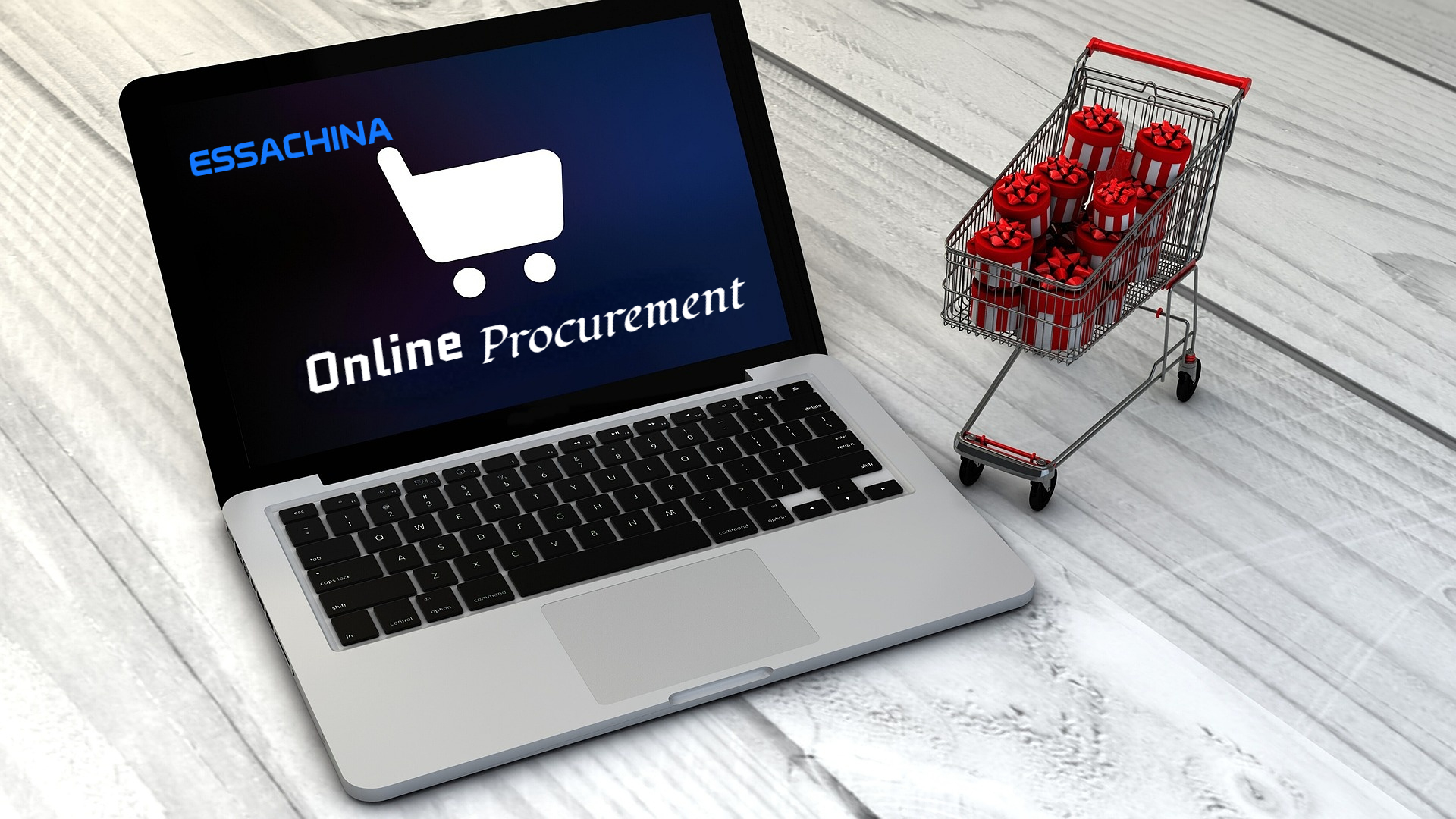Research shows that online purchasing can reduce procurement costs by 70% and reduce product costs by 5%-15%, for example, Ford Motor's 1999 net income of $7.2 billion, but procurement amounted to $90 billion, if the traditional way to control costs, only $2.2 billion in savings, while Ford used a combination of competitive bidding and online procurement to save The savings were $18 billion, or 20%.
As you can see, significantly reducing procurement costs is the core driving force behind the adoption of online procurement, while gaining access to a number of valuable supplier resources, which is the most core value that can be obtained from centralized online procurement.

1.Increase the scope of choice and facilitate the integration of procurement resources
By consolidating decentralized procurement resources and increasing the scale of procurement, we are able to attract more suppliers to join the company's supplier team. Moreover, because of the openness of the Internet, the tender announcement of the purchaser can be seen all over the world, and anyone can come to bid. Adjusting the supplier structure strategically or at a higher level, seeking to regulate the resource channels from a wider range of markets, and improving the security of resources.
2.Facilitates enhanced supply chain management
Taking Aluminum Corporation of China as an example, after centralized management of supply and centralized management of sales by centralized and unified management of marketing, the cooperation between cross-region and cross-industry enterprises and mutual supply of products generated through centralized procurement are more frequent and easy to reach, and the supply chain is smoother and more efficient. The competitiveness of suppliers has been gradually integrated into Alcoa, and has become part of the core competitiveness of Alcoa.
However, for small and medium-sized enterprises, the role of supply chain management in the enterprise may not be very prominent, enterprises often do not invest heavily in the establishment of ERP systems, the enterprise itself to establish online procurement system is not enough endogenous power, more inclined to rely on external trading platform.

3.Facilitates process optimization of logistics
The implementation of centralized procurement makes the procurement resources get deployed and unified, the distribution is orderly, and the flow and flow of goods are effectively controlled, which facilitates the enterprise to organize production and realize logistics optimization.
However, the use of the Internet by domestic enterprises is still at the stage of establishing primary information-based websites, so most domestic enterprises tend to engage in online trading activities and logistics information tracking with the help of the developed functions of trading platforms to ensure that logistics services can informize, systematize and specialize traditional logistics activities such as warehousing, transportation, loading and unloading, packaging, etc. with fast speed and high efficiency, and reduce the overall cost of products in a larger extent in In order to achieve the purpose of satisfying customer needs and optimizing resource allocation, the overall cost of products in the field of distribution is reduced to a larger extent.

4.Reduce procurement time and cost
The timely interactivity of information is more conducive to reducing transaction costs and saving procurement costs, and the high speed and high efficiency of network information transmission can save a lot of manual business links, saving people, time and workload.
Enterprises use e-commerce website and enterprise internal network to collect procurement applications from various units within the enterprise, and then organize the statistics of procurement applications within the enterprise to form procurement bidding tasks, and then submit them to the centralized procurement leadership team for discussion and adoption. In this way, a large amount of scattered and repetitive labor is brought together, and quarterly procurement drafts are made by requesting quotations from suppliers, quotations from suppliers, aggregation, evaluation of the quality and price of goods provided by suppliers, service, assurance, reputation, and ability to respond to emergencies, etc., combined with market research made by headquarters and each branch. In the case of unified bidding, the buyer can more conveniently adopt the proposal favorable to his side to determine the transaction and achieve the goal of optimal resource allocation, which not only avoids the possibility of price impact from drastic changes in the business environment caused by the lengthy traditional price negotiation time, but also greatly saves procurement costs. The whole process can be done by email or web chat for information exchange (and record the communication process), and it is also convenient to trace back once problems are found.
5.Increase transparency of transactions
Procurement requirements are organized by internal auditing and regulations, which regulate the procurement behavior; information exchange with merchants through electronic social tools, such as WhatsApp, MSM, email, etc., which automatically generate communication records, increase the transparency of transactions, reduce the possibility of black-box operation, and can effectively prevent corruption from breeding; the high level of information sharing can also avoid the suspension of procurement behavior due to unstable factors arising from personnel changes in the procurement process.
6.Online centralized procurement is a new "win-win" procurement model for purchaser and suppliers
First, fair competition excludes some of the advantages enjoyed by existing suppliers, and participating suppliers have an equal chance of winning orders.
Second, the expanded marketplace favors competitive suppliers, meaning that qualified suppliers are invited to participate in future online purchases initiated by their current customers, and they have a better chance of winning business from new customers; suppliers are thus able to increase sales and expand their customer base, and reduce the sales and marketing overhead associated with this.
Third, suppliers who participate in online procurement are able to see market prices and verify their ability to compete, which is very valuable information for competition.
Fourth, winning suppliers win orders for materials that are already organized by part or process family, which allows suppliers to focus their core competencies on production.
Finally, online procurement processes often result in multi-year, long-term agreements, and these types of contracts can be very useful in obtaining capital loans, especially for some small and medium-sized businesses.

In a nutshell, the advantages of using an e-commerce website as a trading platform are obvious; it provides an e-commerce community for buyers and sellers to quickly find opportunities, quickly match business and quickly transact. The supply and demand sides are able to establish connections quickly, thus enabling business procurement operations to be conducted quickly and easily. In the e-commerce trading platform, the principles of fairness, justice, openness and equal treatment are reflected as all supplier families receive the same quality of service and follow a common standard protocol for transaction processing.
